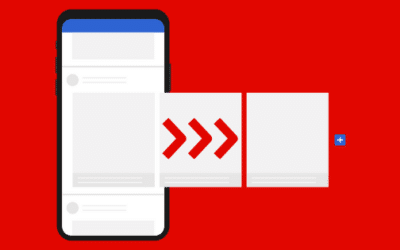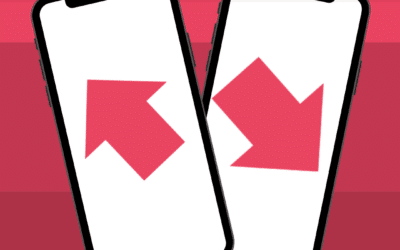Underlining the importance of running and managing learning communities is certainly not new. But this topic is now more relevant than ever as lockdown hits us all. Whether in terms of our own families, our interactions at work or our dialogue with groups and organisations, community life is undergoing radical change.
What strategies can be used to run and manage these communities?
To understand them, we firstly need to define the concept of community.
A community is a group of people linked by a common interest. It has three key features that distinguish it from a random grouping:
- a common place (physical or virtual)
- a common history and values
- common conventions and rituals.
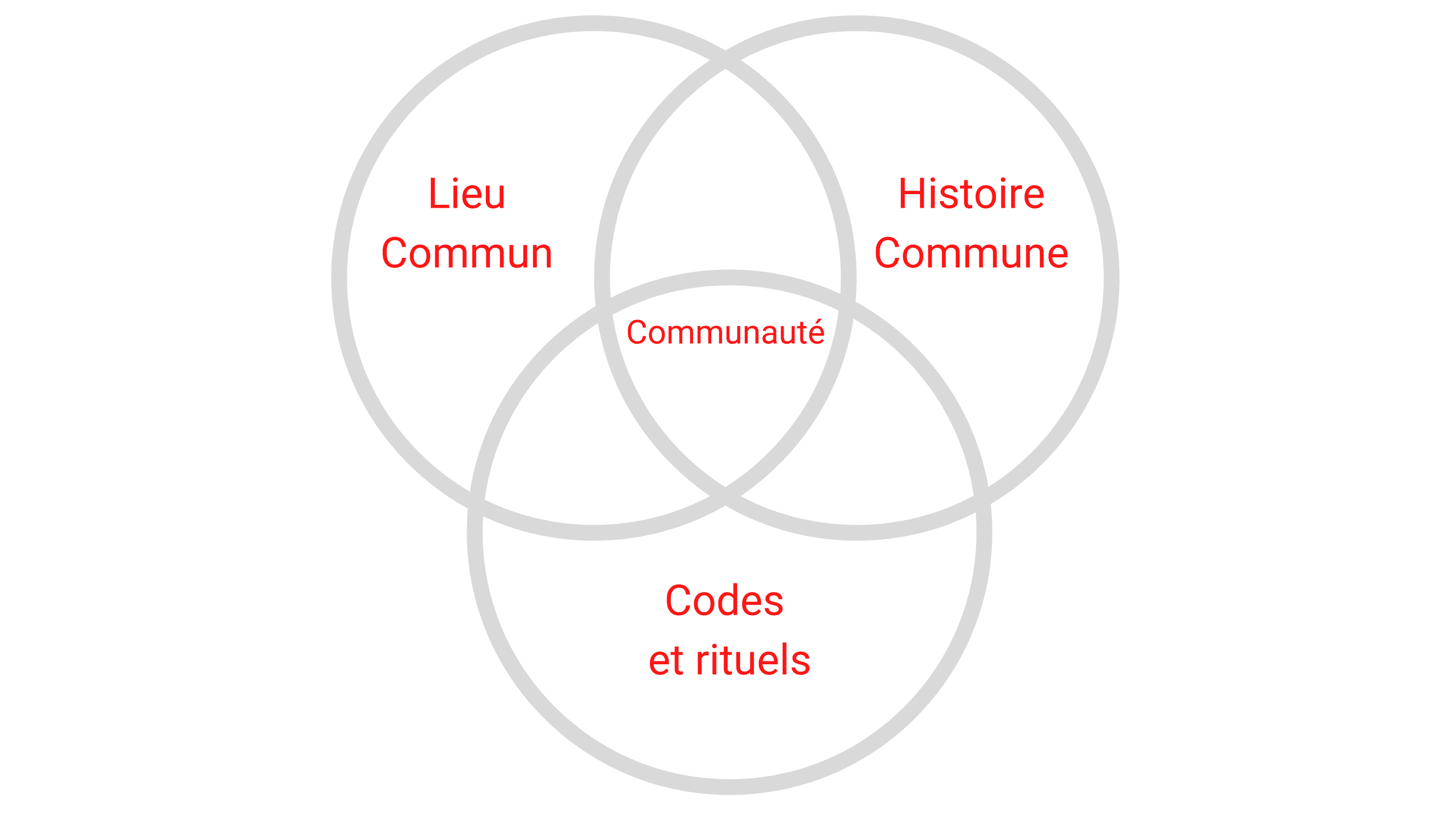
Let’s look at the example of Netflix:
- the common place is the platform
- the common values are linked to the “no spoiler” concept (not revealing the content of a series or film before viewers have watched it)
- the identifying common convention is the drumbeat sound that plays whenever a user connects to the platform.
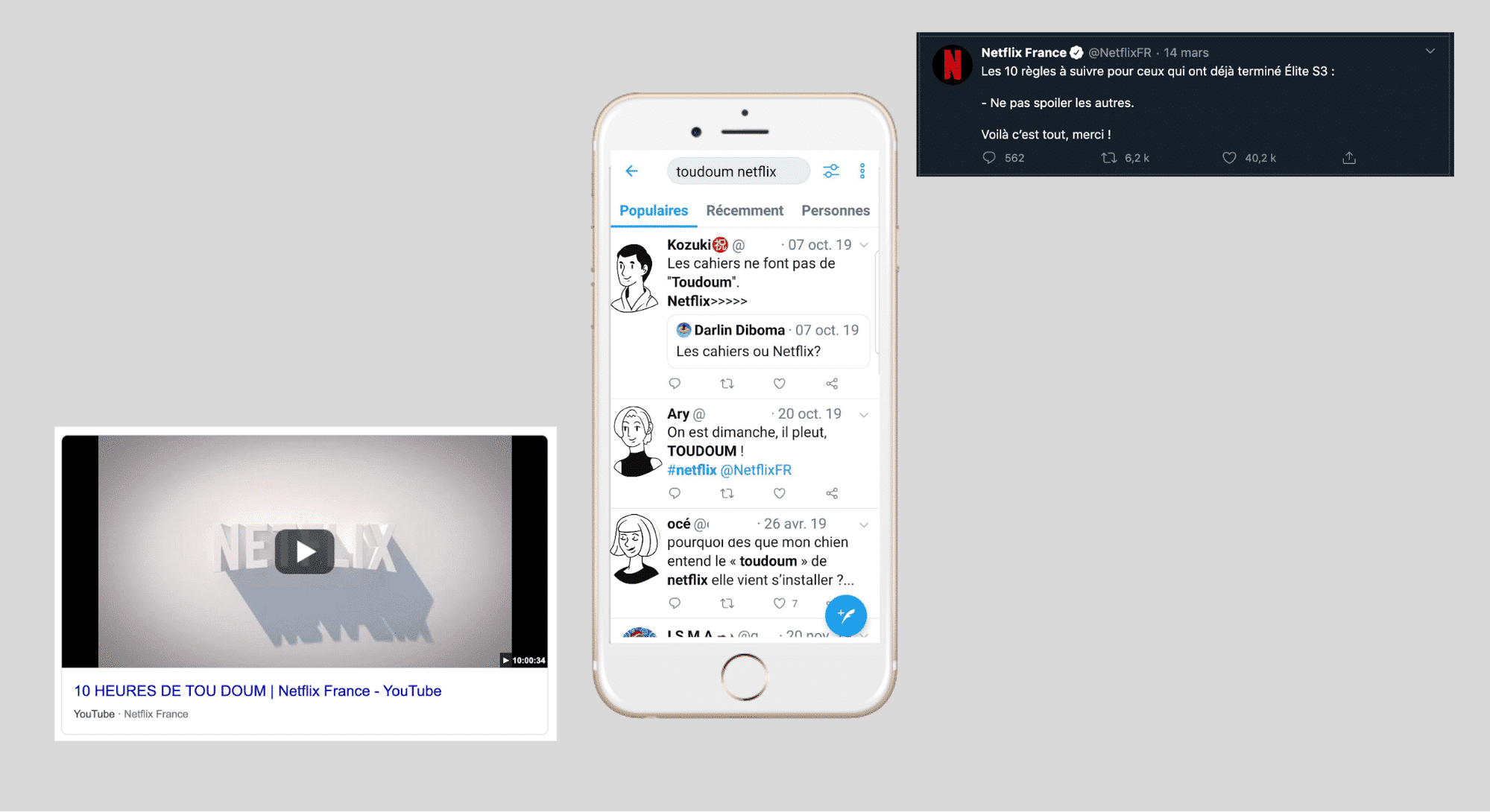
Through their familiarity with all these conventions, members of the community know they are part of this group and can refer to them on other media and platforms.
In this article I’m going to give you some tips on how to run and manage a distance learning community.
1- Generate and maintain learner interest
Create rituals
If you create regular habits for learners, they start to follow these rituals and incorporate them into their daily lives. For example, by creating a “weekly bulletin” containing all the group’s latest news, learners understand that by going online at particular times, they’ll receive relevant and new information.
Our Netflix example: each month, Netflix issues the schedule for the upcoming month’s releases on social media. This creates a sense of competition between subscribers as series releases are eagerly awaited.
Why not create your own series?
Become the common place
In your company, there are probably multiple ways of communicating. Analyse user needs and make your application the meeting point of the various methods employed. Make the link to your personal and corporate social media platforms using your Social Media tab. Post the link to the latest news on your Intranet or website (one customer used the link to the Intranet to highlight the page with the most hits on their site: the menu at the company canteen!).
Organize a Quiz Battle
Competitions are one of the best ways of engaging your learners and creating virtual competitive spirit. By challenging their colleagues, learners distribute content and trigger a notification, which in turn brings the other learner to the app.
2- Create space for dialogue and communication
Promote interaction
Interactive forums are essential for building loyalty in your community and creating a real sense of belonging. To do this, give users the floor, and go for simple questions to guarantee a successful outcome. Why simple questions? Because answers are almost automatic, and learners have often already made their choice.
Some examples of questions:
“For evenings out, do you prefer loafers or high heels?”
“For a romantic evening, do you prefer woody or floral scents?”
This allows you to highlight the common places of your community: not only product expertise, but also room for personal preferences.
You can also aim for broader common places: “Your mood of the day in one emoji?”
Netflix example:
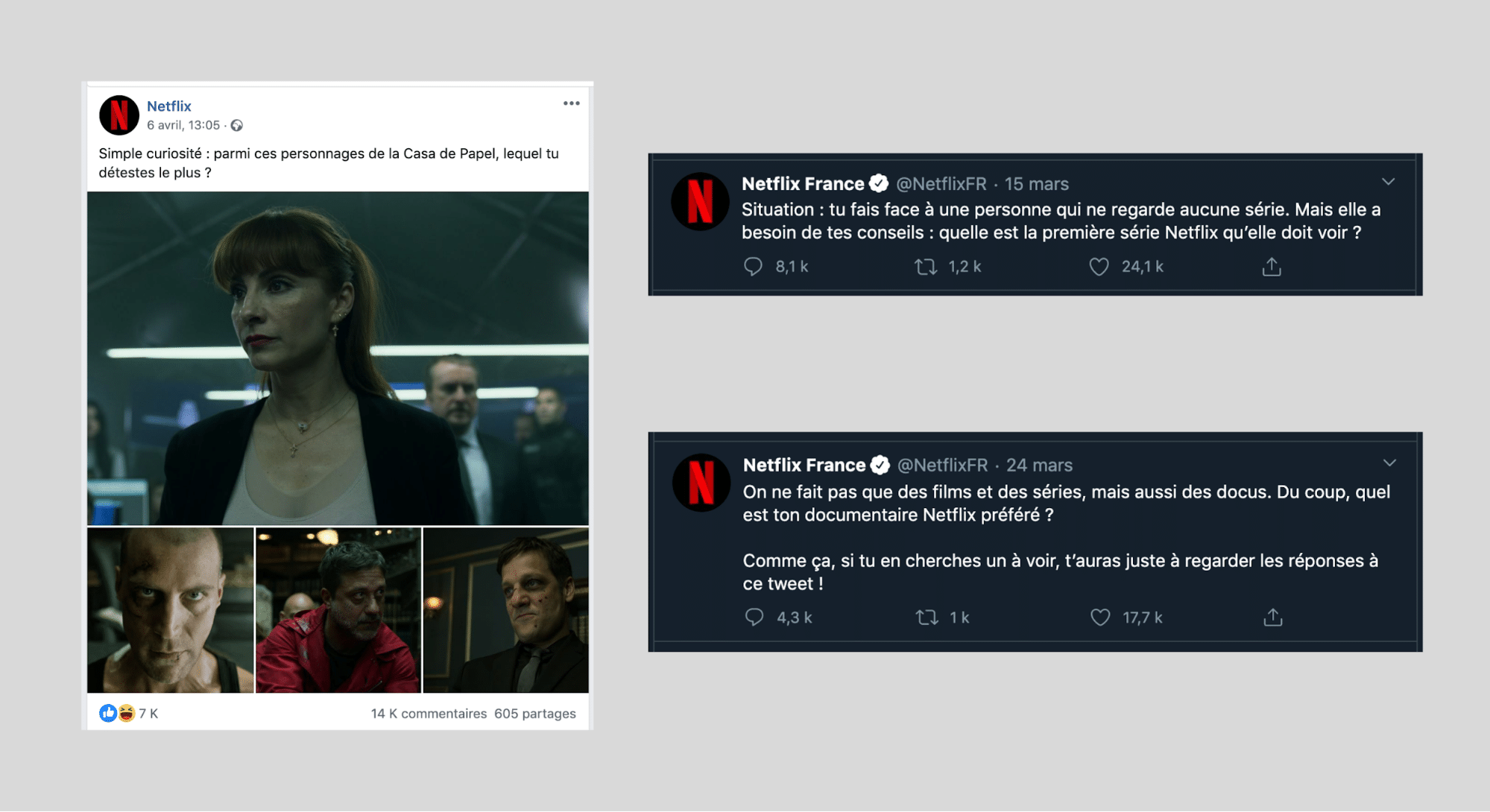
The meeting place
It can often be difficult to get interactions flowing initially, and learners dare not comment for several reasons:
- they don’t want to be the first, because they have no behaviour to base theirs on
- they also don’t want to comment on a subject that’s already been left behind by other learners. Yes, comments attract comments
- they don’t necessarily feel they have the right to do so.
To overcome this, find willing accomplices! Choose a dozen people who you’ll encourage to post comments, in order to set the tone and the “right” to post. Learners can then simply follow their writing style.
3- Use news
Basing your communications on the latest news allows your community to identify itself in time and reduce the distance between members. In the midst of total lockdown, an article on teleworking can create a real feeling of unity. On the eve of an important event (fashion week, the summer holidays or even lockdown) the same mechanism applies, and in journalism these are known as seasonal pieces. “Summer reads” are a good example of this and published prior to the summer holidays.
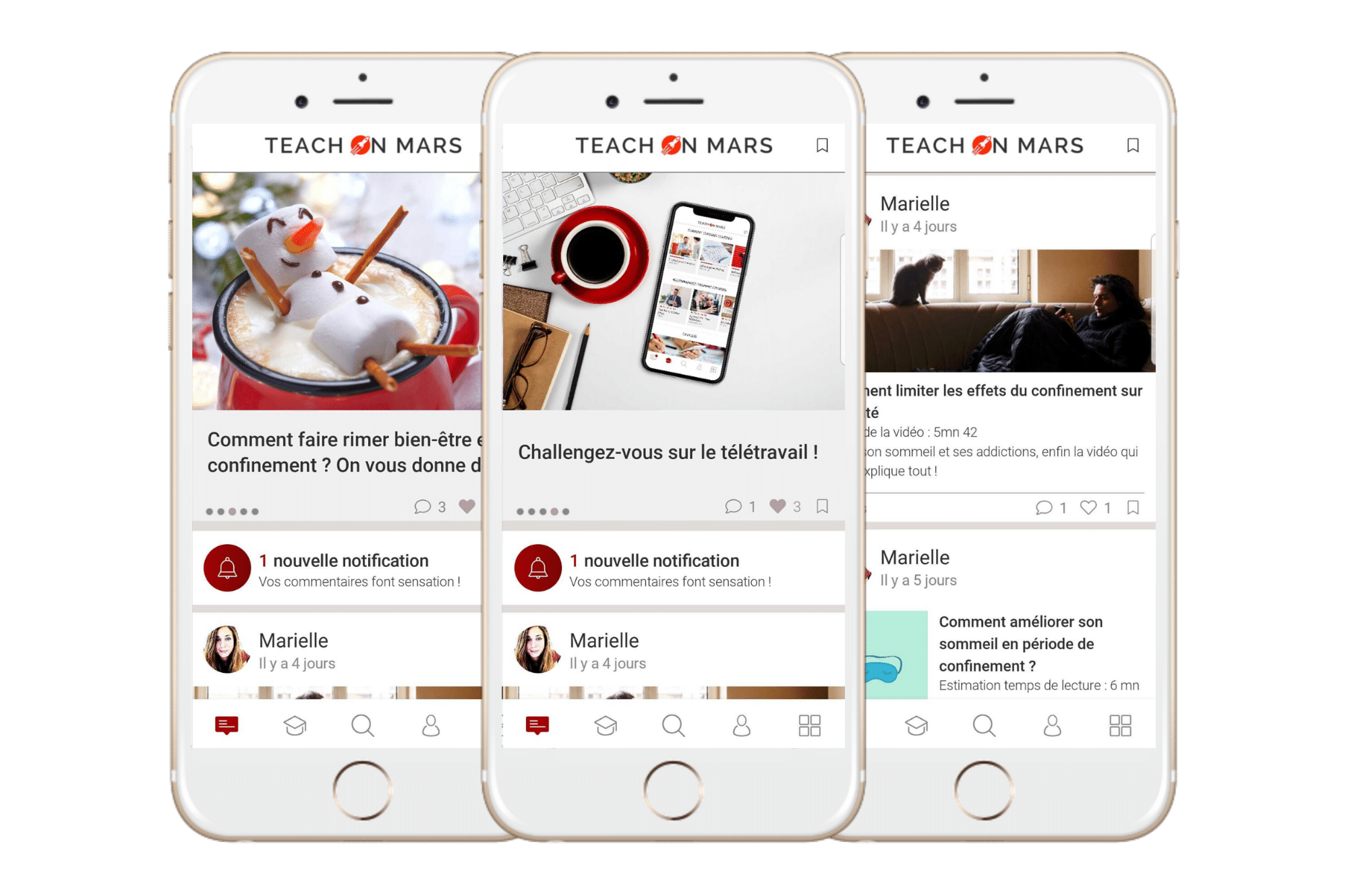
Highlight training courses or articles connected with the latest news: for example, the sales are on in a week, so we’re going to focus on the training course on labelling of promotions in sales.
Reinforce learner expertise through soft-skills training: during lockdown, we’re going to look at courses on teleworking and work-life balance.
This will make your app the most relevant place for users to train or learn.
Netflix example:
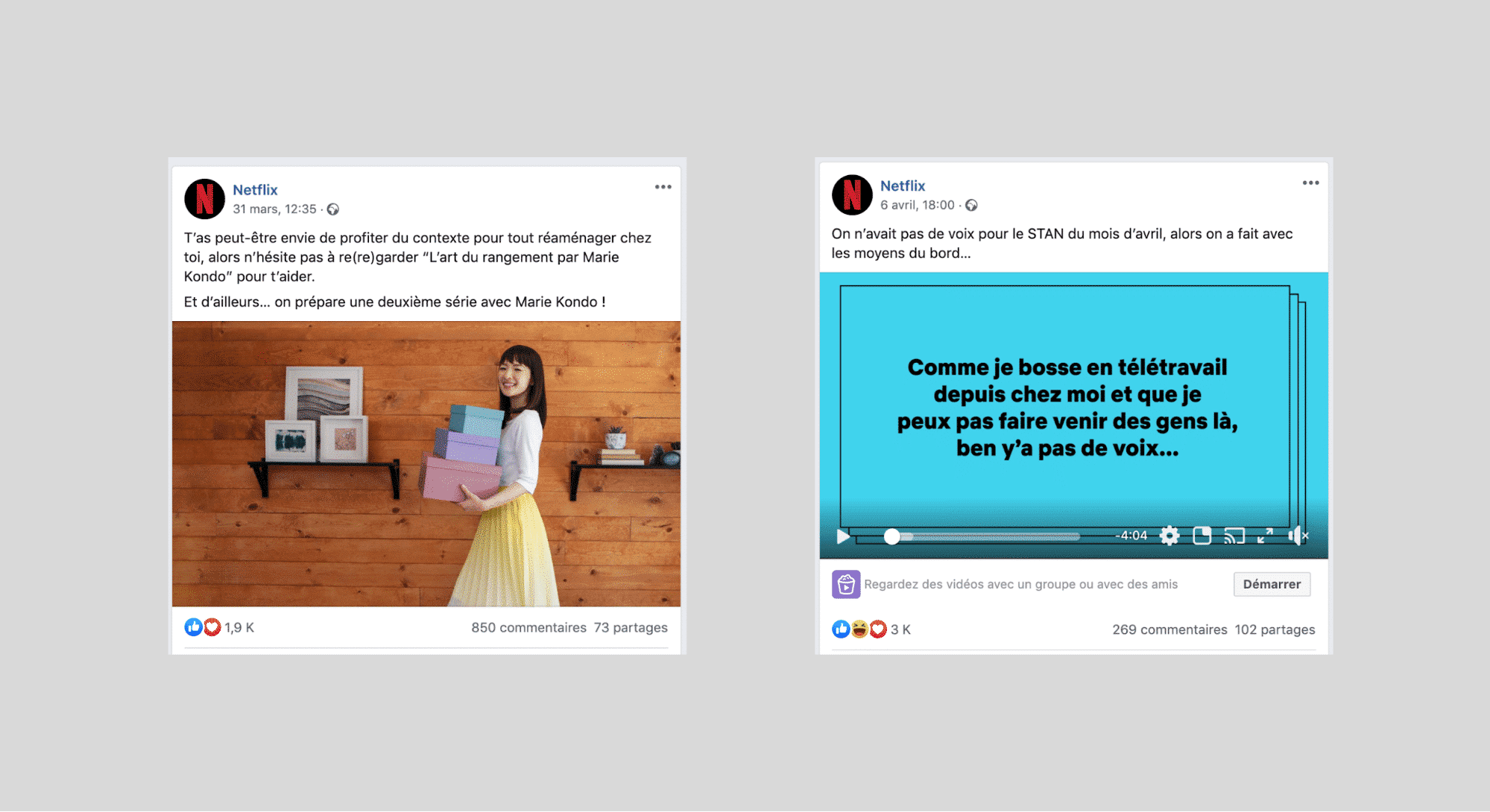
The Netflix example may seem like an easy one to use, but most of your company’s employees are interested in, if not passionate, about the brand they represent. Trust them to share their best practices and their passion for the subject with their community.
Bonus tip:
Don’t forget to include them by asking their opinion; this is the best way of understanding what they’re looking for in your app.
For more advice, book a slot at the FabLab or contact your account manager.
See you again soon for the latest best practices from the Teach on Mars Academy.

D’abord éditrice de manuels scolaires, professeure et coordinatrice pédagogique à l’Université, Julia a rejoint l’équipe Learning Experience chez Teach on Mars pour apporter ses compétences en pédagogie. La gamification et la différenciation pédagogique sont notamment ses chevaux de bataille.



